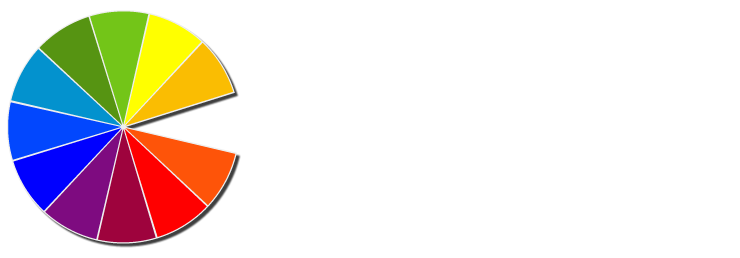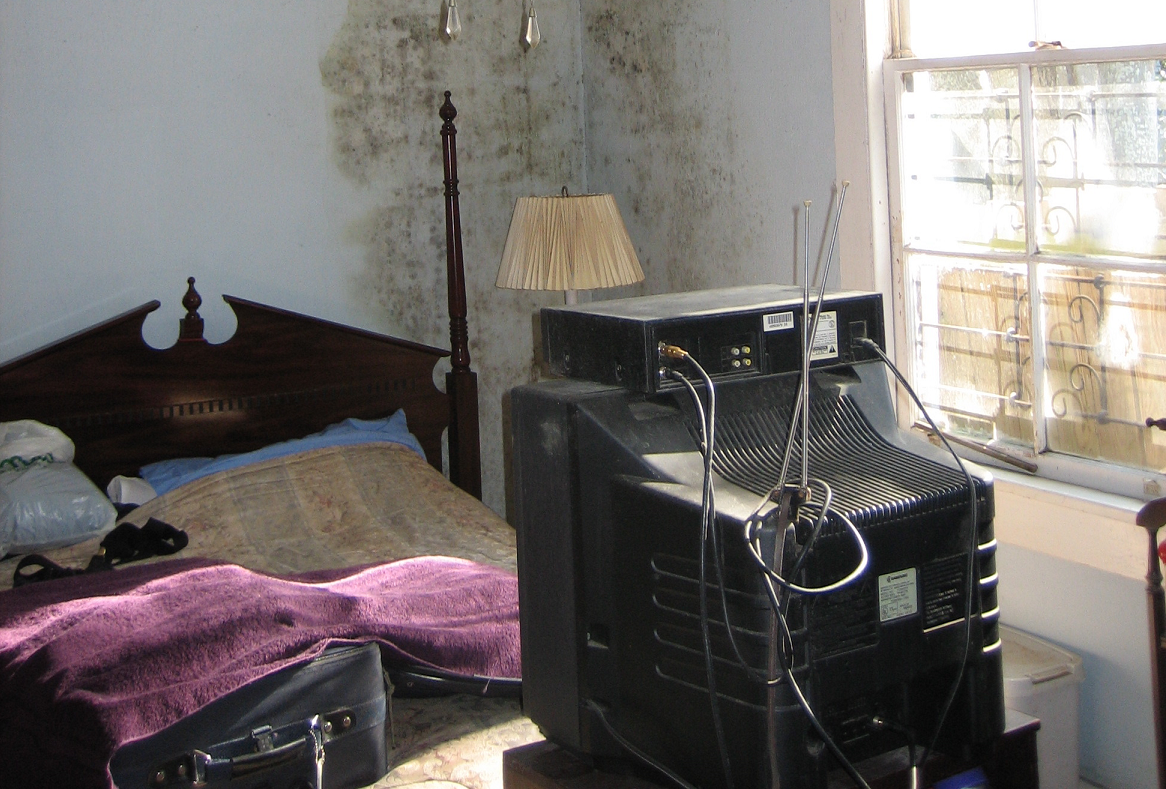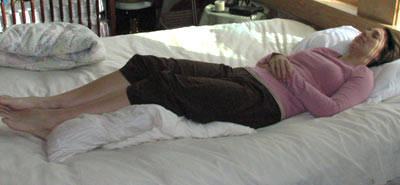Mold can infest and infect your life and your health, even the very air you breathe. To understand how mold affects your well-being, read Is Mold Making You Ill? Signs, Symptoms, and When to Call a Mold Specialist. That’s why mold inspection in NJ and NJ mold inspectors are so important. Even so, many New Jersey residents wonder whether air testing can truly detect hidden mold or verify that their home’s air is safe.
The short answer is yes, but accurate testing requires professional methods. Air testing works best as part of a complete inspection, revealing problems invisible to the naked eye.
Quick Answer: Can You Really Test the Air for Mold in NJ Homes?
Yes, you can test the air for mold using professional or DIY methods. But, according to the Environmental Protection Agency (EPA) and Centers for Disease Control and Prevention (CDC), air testing should always be part of a comprehensive mold inspection NJ professionals perform.
In New Jersey’s damp climate, certified inspectors provide the most reliable results because they use precise air quality testing NJ equipment and lab analysis to identify mold spores, measure their concentration, and determine if your air poses a health risk.
Why Mold Air Testing Is So Important for New Jersey Homeowners
New Jersey’s humid summers, older homes, and seasonal flooding are the perfect environment for mold to flourish. Airborne spores could be in your walls or HVAC systems without you knowing it.
According to the New Jersey Department of Health (NJDOH), mold commonly grows in basements, crawl spaces, and attics. This makes mold inspection NJ services requisite to reveal hidden contamination.
Air testing can reveal elevated spore counts even when surfaces appear clean. It’s especially valuable after heavy rain, flooding, or renovation work. Homeowners can verify their air quality is safe.
How Professional Air Testing Detects Hidden Mold
Air testing measures the type and number of mold spores present in your indoor air. According to the EPA, there are no federal standards defining safe mold levels. Professionals compare indoor samples to outdoor air to assess whether contamination exists.
A certified mold inspection in NJ often uses two main methods:
- Spore Trap Sampling: Air is drawn through a cassette that traps spores on a slide. Analysts then count and classify them under a microscope.
- Culture Sampling: Collected spores are grown in a lab to identify their species and determine if they’re active.
Each method has strengths. Spore traps give those instant gratification air quality insights. Meanwhile, culture sampling reveals the viability and type of spores involved.
| Method | Description | Advantages | Limitations |
| Spore Trap Sampling | Captures spores on a sticky slide for microscopic analysis. | Fast, detects both live and dead spores. | Doesn’t identify mold species. |
| Culture Sampling | Grows spores in lab media to identify type. | Confirms species, supports remediation plans. | Longer turnaround time. |
A 2024 peer-reviewed study on air sampling methods supports combining these techniques for best accuracy. It found that collecting standardized air volumes and maintaining strict lab controls improve reliability. That’s especially helpful in humid climates like New Jersey’s, where outdoor mold baselines are naturally higher.
DIY Mold Test Kits vs. Professional Mold Inspection in NJ
Homeowners can buy mold test kits online or at hardware stores. These kits collect passive air samples that are later mailed to a lab. While affordable, they can’t provide the level of information a professional mold inspection can.
The CDC cautions that short-term DIY sampling doesn’t accurately reflect long-term exposure. Results can vary based on humidity, airflow, and even how recently you opened the windows.
By contrast, professional mold inspection NJ specialists and NJ mold inspectors use calibrated pumps, moisture meters, and accredited laboratories. The EPA recommends that only trained professionals design sampling strategies and interpret findings. Incorrect analysis can lead to unnecessary or incomplete remediation.
Licensed inspectors in New Jersey also follow state and federal safety protocols to prevent cross-contamination during testing. This ensures accuracy in every reading, so it reflects your home’s true air quality.
When Should You Test the Air for Mold in Your New Jersey Home?
Air testing isn’t something every home needs regularly. The CDC advises testing only when visible mold isn’t found but symptoms, odors, or water issues suggest a hidden problem.
When to Consider Air Testing
- After Water Damage or Flooding: NJ’s coastal storms often lead to leaks or basement moisture that allow mold to thrive.
- When Musty Odors Persist: Even without visible growth, a lingering smell signals mold may be present behind walls or flooring.
- If You Experience Health Symptoms: Sneezing, coughing, headaches, or skin irritation can indicate exposure.
- Following Mold Remediation: Post-testing confirms that cleanup succeeded and air quality has improved.
The EPA notes that if mold is visible, it’s too far gone for DIY testing. Remediation should begin immediately. Still, a professional mold inspection in NJ may include air sampling to scour for straggling spores in hidden areas.
What Happens During a Professional Mold Inspection in NJ
A professional inspection provides a full picture of your home’s air quality and underlying moisture issues.
During a typical mold inspection NJ homeowners can expect:
- Visual Assessment: Inspectors identify stains, leaks, and potential problem zones.
- Moisture Detection: Using specialized equipment, they measure humidity inside walls, ceilings, and floors.
- Air and Surface Sampling: Samples are taken from many rooms and compared with outdoor baselines.
- Lab Analysis: Accredited labs identify mold species and concentration levels.
- Detailed Report: Results include visual findings, test interpretations, and remediation recommendations.
This process verifies that homeowners receive actionable information instead of numbers they won’t know what to do with. It identifies whether excess humidity, leaks, or ventilation problems are fueling contamination.
For accurate and detailed inspections, contact a certified mold inspection NJ team. They’ll provides advanced hidden mold detection in New Jersey using air sampling and moisture analysis to restore clean, breathable air.
Understanding Your Mold Air Test Results
After analyzing air samples, you’ll receive a report showing which mold types and how many spores there are per cubic meter of air. Common indoor species include Cladosporium, Aspergillus, Penicillium, and Stachybotrys chartarum NJ (often known as black mold). Learn more about how black mold affects your health and why professional testing matters.
According to the National Institute of Environmental Health Sciences (NIEHS), mold exposure can lead to nasal congestion, wheezing, or skin irritation. People with asthma, allergies, or weakened immune systems may be especially sensitive to airborne spores.
Professionals interpret your results by comparing indoor and outdoor counts. Elevated indoor readings usually confirm hidden growth. Yet, because mold is present in all air to some degree, experts use context — including moisture data and health symptoms — to decide if you need remediation.
How to Read a Mold Report and What the Numbers Mean
- Spore Counts: Indicate how many mold particles are in each cubic meter of air.
- Species Identified: Shows whether spores are allergenic or toxic.
- Indoor vs. Outdoor Comparison: Reveals if contamination originates inside.
- Recommendations: Detail next steps, such as drying, cleaning, or ventilation improvements.
The 2024 peer-reviewed study emphasizes that accurate analysis depends on controlled lab conditions. Temperature, airflow, and incubation all affect results. Professional oversight corroborates consistent, trustworthy findings.
DIY Results vs. Certified Lab Analysis: Why Accuracy Matters
DIY mold tests may detect growth, but they can’t distinguish between normal outdoor spores and harmful indoor contamination. Both the CDC and NIEHS advise relying on professionals for interpretation.
Certified mold inspection NJ specialists can identify the presence of spores, their source and concentration. This context prevents homeowners from panicking over natural background levels or ignoring a serious hidden problem.
Professional testing also includes documentation. Records become a surprise tool that can help you later in real estate transactions, insurance claims, or post-remediation verification.
How Air Testing Fits Into Long-Term Mold Prevention
Air testing helps test your current air quality, but prevention comes from moisture control. The EPA and CDC agree that keeping indoor humidity below 50% and fixing leaks are the best defenses against mold.
The NJDOH recommends regular maintenance — cleaning gutters, sealing basement cracks, and verifying proper ventilation. For smaller areas, detergent and water can remove surface mold. But, for larger infestations or recurring issues, a mold inspection NJ or NJ mold inspector should assess the source.
The NIEHS adds that cleanup should involve proper containment and protective gear to avoid spreading spores. Without it, spores can still circulate through HVAC systems, preventing full remediation.
The Health Impact of Mold in Your Indoor Air
Airborne mold brings an array of varied health impacts. While many people experience mild allergies, others face more serious reactions. You can also explore Mold and Your Health: What You Need to Know for an in-depth look at long-term exposure risks.
NIEHS research links prolonged exposure to respiratory irritation, headaches, and fatigue. If you’re caring for older loved ones, How Home Caregivers Can Help Identify Mold Exposure in Seniors offers practical advice on protecting vulnerable family members. In rare cases, toxic molds like Stachybotrys chartarum NJ can produce mycotoxins that trigger stronger immune responses.
New Jersey’s humid climate and older building materials increase the likelihood of recurring mold, making mold inspection NJ services valuable for both health and safety. Regular inspections help identify early signs before they cause structural or medical concerns.
Key Takeaways for New Jersey Homeowners
- You can test the air for mold, but accurate results come from professional mold inspection NJ experts.
- The EPA confirms there are no federal standards for airborne mold levels, so interpretation relies on professional comparison.
- New Jersey’s climate makes homes prone to moisture and hidden contamination.
- DIY kits offer limited insight, while professionals use calibrated equipment and certified labs.
- Health effects from mold exposure range from allergies to asthma flare-ups.
- Preventing mold starts with moisture control and timely professional inspections.
Schedule a Trusted Mold Inspection NJ Experts Recommend
Air testing can reveal what’s invisible in your home’s air. But, its value depends on accuracy and context. In New Jersey, where humidity, basements, and older homes create ideal conditions for mold, a professional mold inspection in NJ corroborate peace of mind and reliable results.
If you notice musty odors, unexplained allergies, or water damage, don’t rely on guesswork. Schedule a mold inspection in NJ to uncover hidden issues, confirm air quality, and help your family breathe easier year-round.
Resources
Centers for Disease Control – Mold, Testing, and Remediation
United States Environmental Protection Agency – Mold Testing or Sampling
National Institute of Environmental Health Sciences – Mold
NJ Department of Health – Mold Guidelines for New Jersey Residents
Tomazin R, Matos T. Mycological Methods for Routine Air Sampling and Interpretation of Results in Operating Theaters. Diagnostics (Basel). 2024;14(3):288. Published 2024 Jan 29. doi:10.3390/diagnostics14030288




